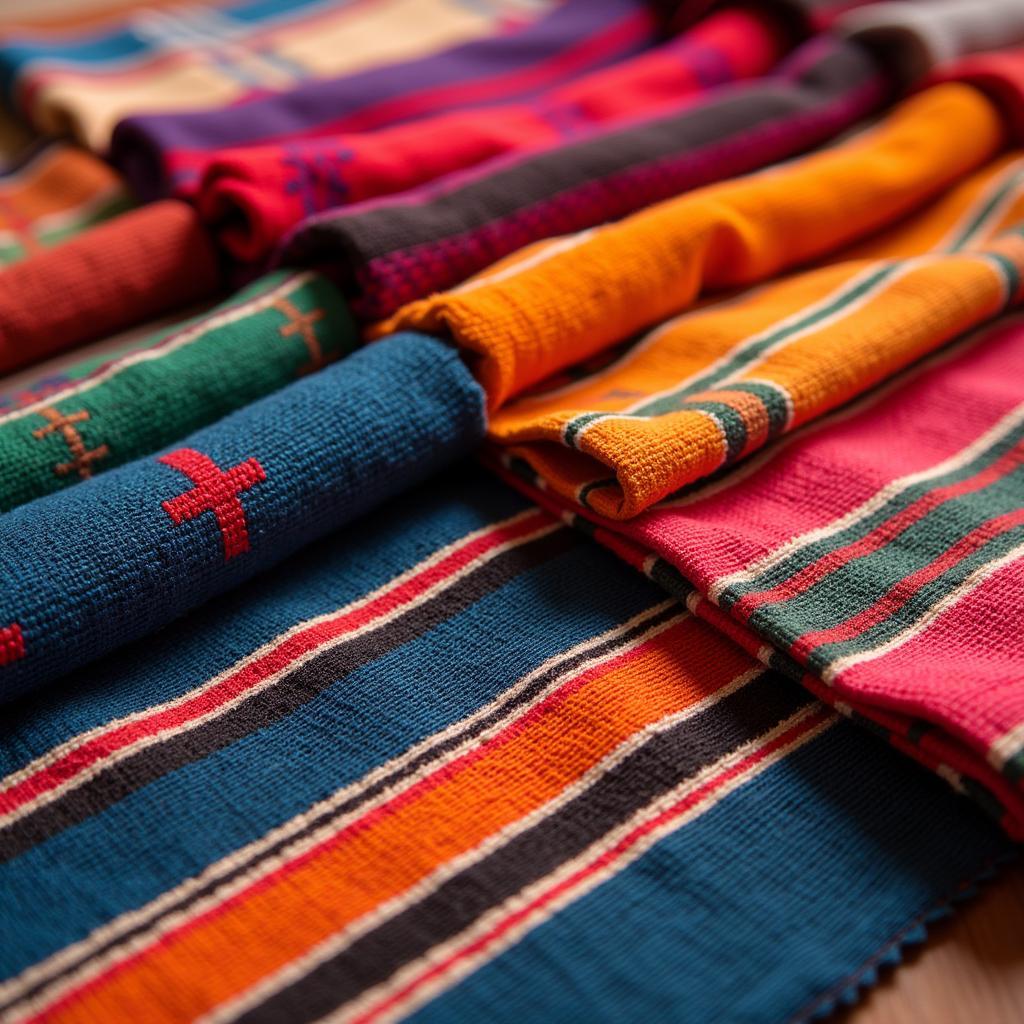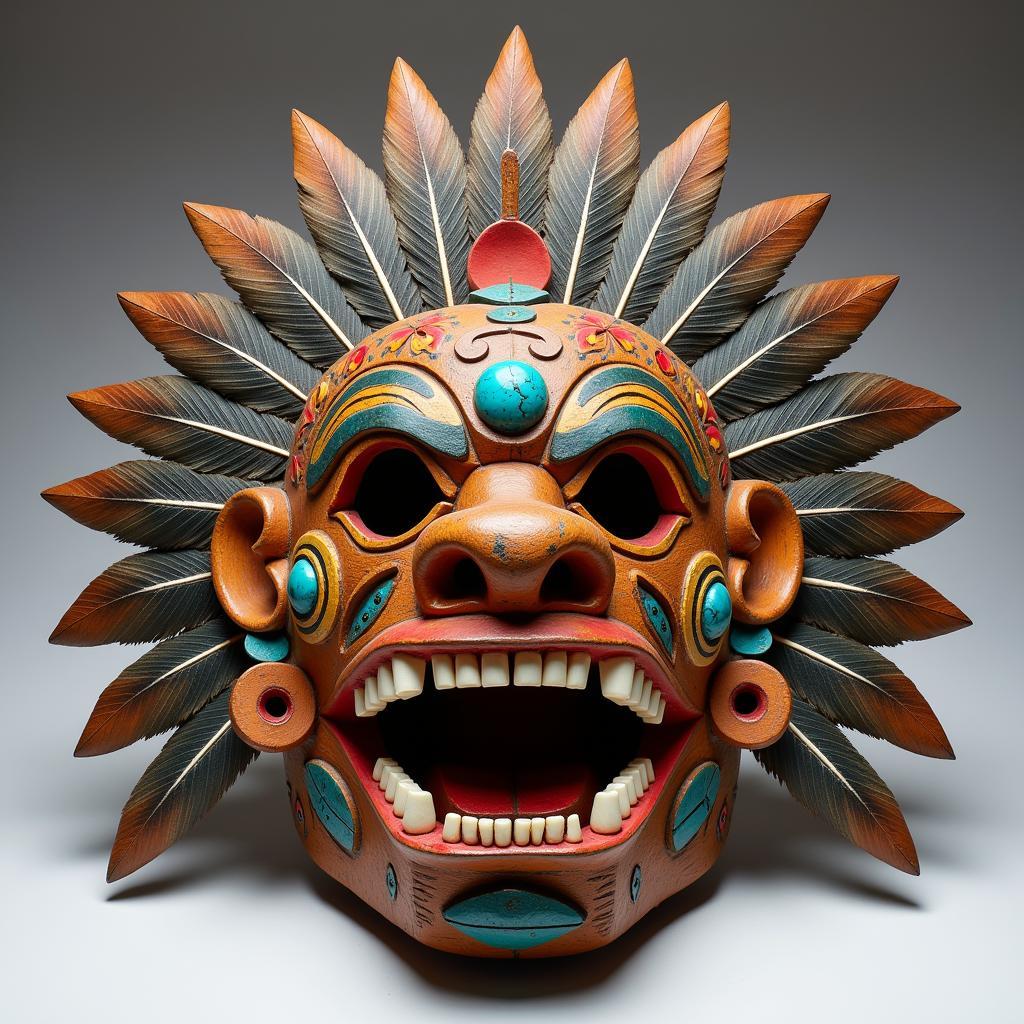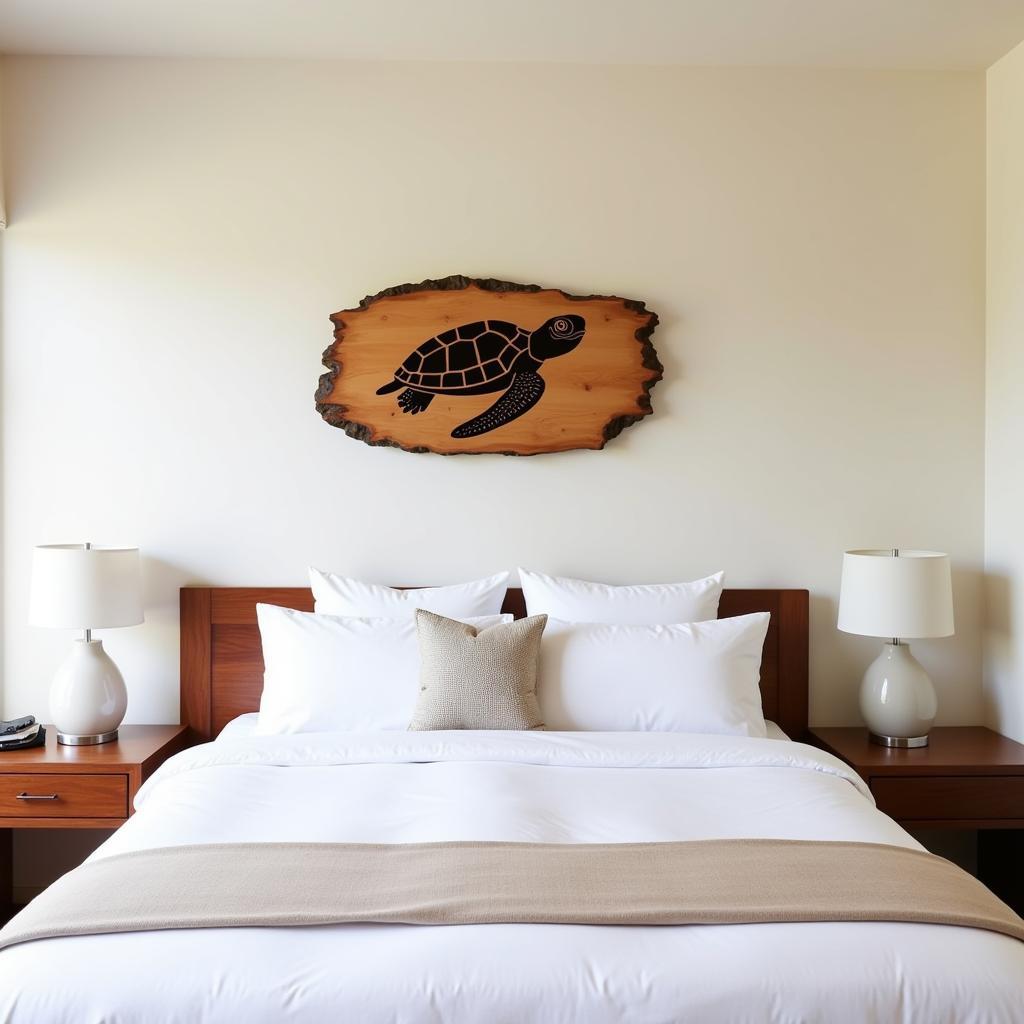The Essential Guide to Backing Boards for Art Prints
When it comes to presenting and preserving your cherished art prints, a backing board is an indispensable companion. Acting as a sturdy backbone for your artwork, a backing board provides essential support, prevents bending and creasing, and adds a professional finish that elevates the overall presentation.
Why Use a Backing Board for Art Prints?
Backing boards act as a protective layer, shielding your prints from external factors that can cause damage over time. Here’s why using a backing board is crucial:
- Prevents Bending and Creasing: The rigid structure of a backing board prevents accidental bending and creasing, which are common issues when handling and storing unmounted prints.
- Provides Support During Framing: A backing board provides a stable surface for securing your art print, ensuring it remains taut and wrinkle-free within the frame.
- Protection from Moisture and Dust: Backing boards act as a barrier against moisture, dust, and other environmental contaminants that can degrade the quality of your prints over time.
- Enhances Professional Presentation: A backing board provides a clean, polished finish that instantly elevates the perceived value and professionalism of your art prints.
Choosing the Right Backing Board for Your Art Prints
Selecting the appropriate backing board is crucial to ensure the longevity and aesthetic appeal of your artwork. Consider the following factors:
Material
- Foam Board: Lightweight and affordable, foam board is a popular choice for less valuable prints or temporary displays.
- Mat Board: Made from high-quality paper stock, mat board offers excellent rigidity and a professional aesthetic. It is available in various thicknesses and colors to complement your artwork.
- Conservation Board: Constructed from acid-free and lignin-free materials, conservation board offers the highest level of protection against yellowing and deterioration, making it ideal for valuable or archival prints.
Thickness
The thickness of your backing board influences its sturdiness and overall support. Thicker boards offer better rigidity and protection, especially for larger prints.
Size
Choose a backing board that is slightly larger than your art print, allowing for a small border around the edges. This border makes it easier to handle the print and prevents damage to the edges.
How to Mount an Art Print to a Backing Board
Mounting your art print correctly is essential for achieving a professional and secure finish. Here’s a step-by-step guide:
- Gather Your Materials: Art print, backing board, acid-free tape, ruler, cutting mat, and X-Acto knife.
- Prepare Your Backing Board: If necessary, cut the backing board to the desired size using a ruler, cutting mat, and X-Acto knife.
- Position Your Art Print: Center your art print on the backing board, ensuring even borders on all sides.
- Secure the Print: Use acid-free tape to secure the top edge of the print to the backing board.
- Smooth and Secure: Gently smooth out any air bubbles or wrinkles, working your way down the print. Secure the remaining sides with acid-free tape.
Conclusion
Using backing boards for your art prints is a simple yet effective way to safeguard your treasured artwork and elevate its presentation. By understanding the different types of backing boards and mastering the mounting techniques, you can ensure your art prints remain in pristine condition for years to come.
Need expert advice on choosing the right backing board or have questions about art print preservation? Contact us at Phone Number: 02462573573, Email: [email protected], or visit us at Savico Megamall, 7-9 Đ. Nguyễn Văn Linh, Gia Thụy, Long Biên, Hà Nội 10000, Việt Nam. Our dedicated customer support team is available 24/7 to assist you.





